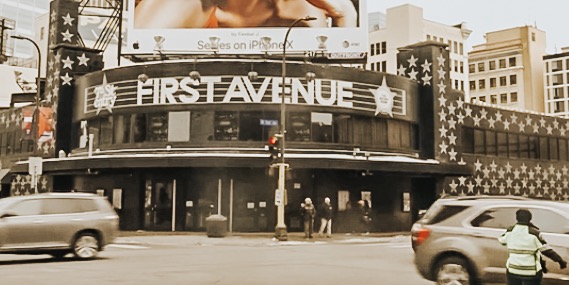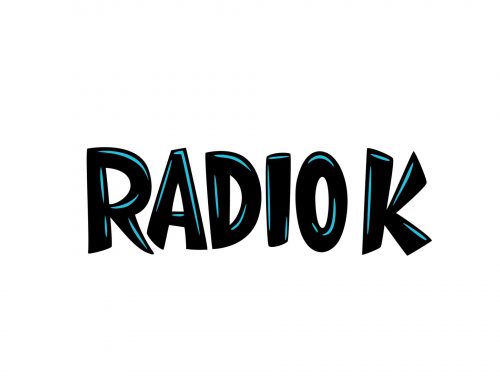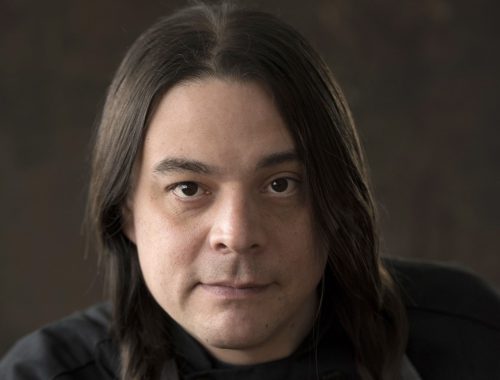
First Avenue is a Tried-and-True Classic Venue

What’s black, white and legendary all over? First Avenue & 7th St Entry in Downtown Minneapolis, of course.
If you have ever been to the Twin Cities, or live here, First Avenue is a well-known buzzword in the area. It’s a gathering place for people of all music tastes, identities, and generations.
The Midwest landmark is sandwiched between The Fillmore and the Great American Music Hall in a 2012 Billboard top 10 most influential music clubs in the U.S., and it even has its own museum exhibit opening this May 2019 at the Minnesota History Center in St. Paul.
Having hosted live-music events for nearly 50 years, First Ave is one of the longest-standing independently owned musical clubs in the nation. But how did it get to where it is today?
The venue opened its doors in 1970. It was previously a bus station, and before that, a slaughterhouse. No, really. This might explain why the venue has such a unique anatomy. Its interior is small, intimate, and simple. They have their
There’s just something invigorating about being in a venue that has previously hosted the most diverse, revolutionary and important artists. It’s not too much of a surprise that First Ave is popular on a grand-scale, considering the Twin Cities has one of the richest musical histories in the world. Being home to legends like Prince, The Jayhawks and Atmosphere, First Avenue is one of the only places that some of the most talented people in the world have all exhibited their art.
Other features include an iconic wall with over 500 black and white stars that hold the names of its past performers. It’s where you can find the star of Prince, which was painted gold following his death in 2016. Every 10 years, the exterior receives a makeover, the last being in 2010 where the stars were also enhanced. You can even check out First Ave.’s list of all the artists that have stars.
They have more than just musical shows. You can go catch a show almost every night of the week, but it also has been a host to political gatherings, benefit shows, comedians and popular podcasts. They have yearly parties celebrating music’s greatest artists, like Bowie and Prince.
Priding themselves on being an inclusive environment, they welcome all ages, races and sexual orientations. They strive to unite music fans of all generations, which leads to revenue growth and overall attendance. After considering First Ave.’s history, cosmetic infrastructure and musical happenings, it becomes more apparent why the small intimate club is still thriving today.










